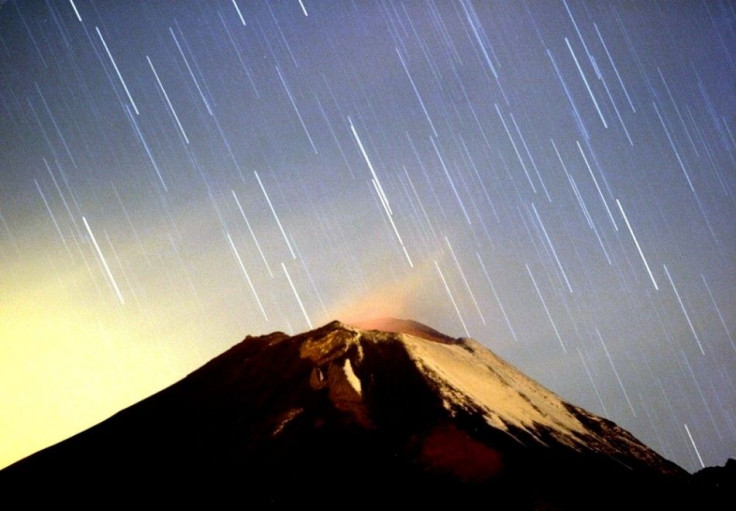Australians Could Expect To See 30-40 Meteors An Hour During Geminid Shower On Dec 13-14

The peak of the Geminid Meteor Shower in 2014 would be on Dec 13 and 14, with Australians having the chance to see the shower of 30 to 40 meteors and hour. There would also be an occasional bright fireball that would light up the sky, said Perry Vlahos of the Astronomical Society of Victoria.
He said that the meteors could show some hints of colours with long-lasting trains. Vlahos does not discount the possibility that there might be more meteors that the number initially predicted. By tracing back the path of these meteors, they lead back to the constellation Gemini where the meteors got their name.
YouTube/evoasiastudios
While meteor showers are usually made up of small particles not bigger than sand grains and are comets boiled off by the sun's heat as it enters the inner solar system, while the Geminids come from the asteroid Phaeton, believed to be an old spent comet.
The Geminid showers usually occurs when the Earth's orbit intersects with the comet's orbit and sweeps the debris, causing a "spectacular natural light show in Earth's atmosphere when it burns up, although none would ever reach the ground.
Vlahos added that Dec 13-14 would also be the 24th yearly Star-Be-Cue of the ASV that is open to the public, though non-members must book. There would be solar observing, wine tasting and site tours in the afternoon and guided tour of the sky plus free coffee, tea or hot chocolate at night.
For more information, visit the group's Web site at www.asv.org.au.




















